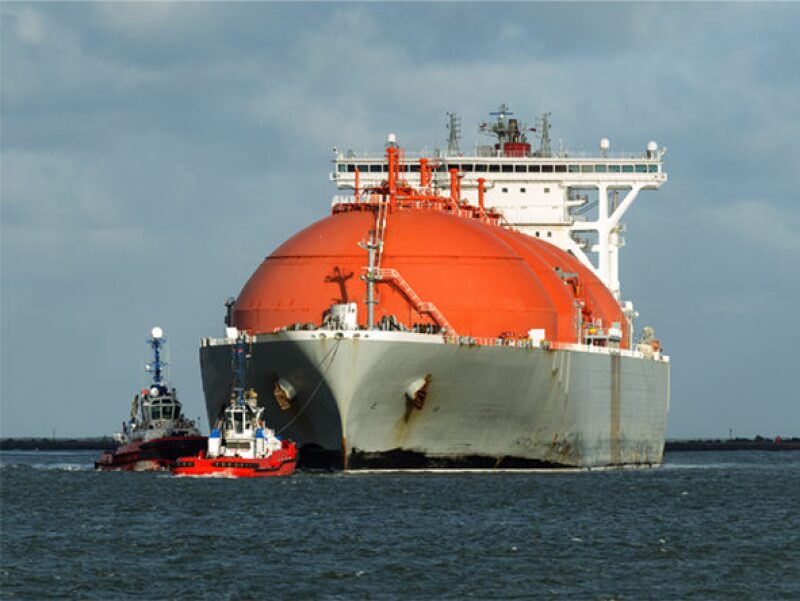The exponential growth in installed LNG tank capacity may point to a boom in LNG for larger vessels in the near future. Speaking at a press conference held during DNV GL’s Nor-Shipping exhibition in Oslo, Martin Wold, head of DNV GL’s Alternative Fuels Insight (AFI), said that LNG tank volume is expected to triple by the end of 2020, propelled by the introduction of LNG fuel in the cruise, container, and tanker ship sectors.
The International Maritime Organization’s (IMO) decision to cap sulfur oxide emissions from ships operating outside of designated emission-control areas starting in 2020 has also accelerated LNG adoption, especially for larger ships. Wold said this could be good news for LNG, as it may increase fuel availability and improve asset utilization.
“There are now 163 LNG-fueled ships in operation and a further 155 ships on order,” Wold said. “Order intake for LNG-fueled vessels has remained steady for several years now at around 40 ships per year, but in 2019 we already passed 40 new orders in the first 5 months, which could be a sign that the pace for LNG fuel investments is picking up.”
Wold said the number of vessels with scrubbers stood at 3,553, but this total could be higher as some manufacturers did not report orders on a regular basis.
“The boom of 2018 seems to have leveled off somewhat, but new orders keep coming in. There are more than 2,000 installations reported to be completed in 2019, which would mean that by the start of the IMO sulfur cap, almost 3,000 scrubber vessels will be in operation.”

